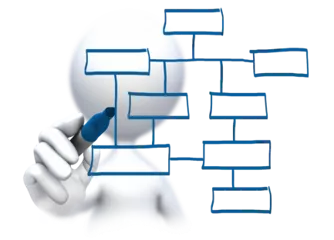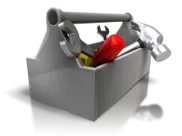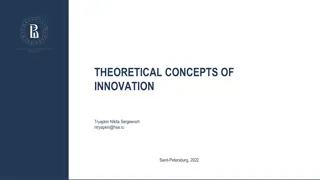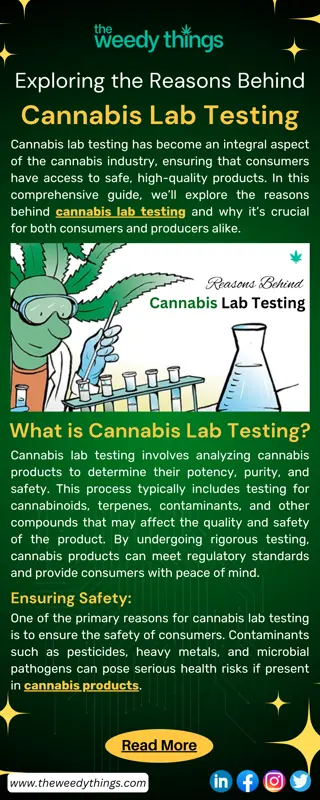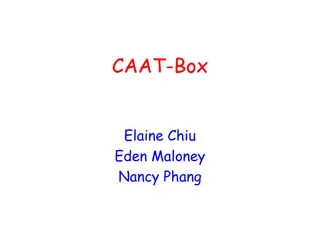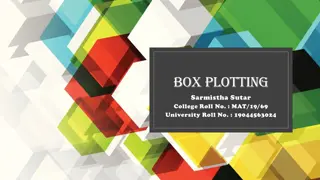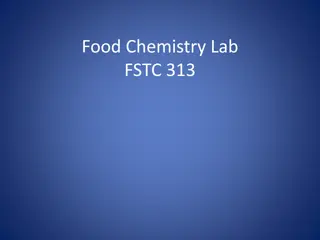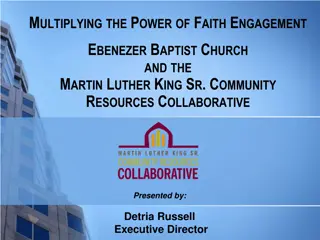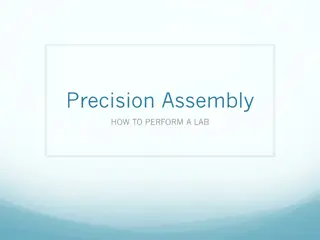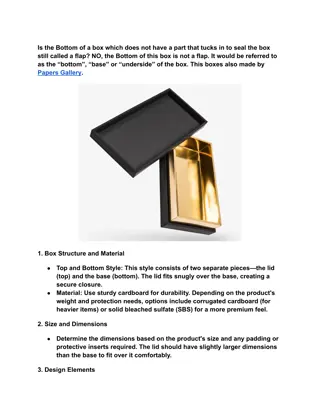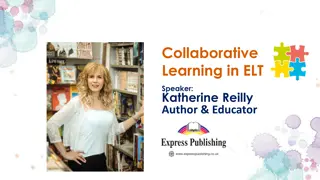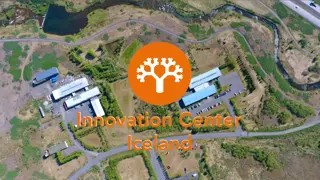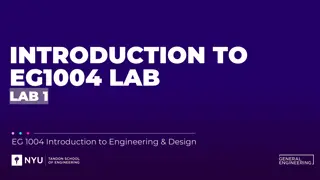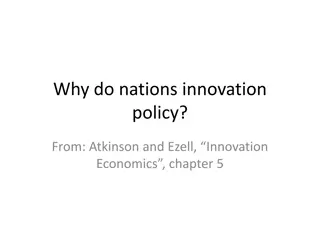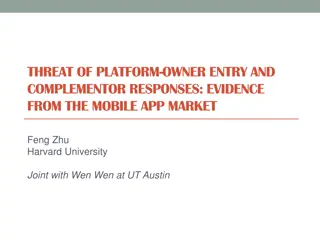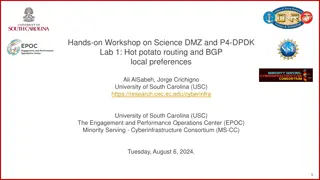Exploring Tool.Box.Living.Lab: A Collaborative Innovation Platform
The Tool Box Living Lab (TBLL) is an open innovation research method that fosters collaboration among diverse profiles to generate ideas and solutions. It focuses on co-creation with end users and stakeholders in a real-life setting, promoting the emergence of common views, innovations, and collaborations. The project aims to create a multidisciplinary, multicultural, and multilingual space where various skills, training, and education backgrounds converge for the development of solutions and relationships. The fundamental principles of TBLL revolve around placing the person at the center of the process, facilitating the sudden emergence of ideas and facts, and establishing a configurable, structured space for discussion and result crystallization.
Download Presentation

Please find below an Image/Link to download the presentation.
The content on the website is provided AS IS for your information and personal use only. It may not be sold, licensed, or shared on other websites without obtaining consent from the author. Download presentation by click this link. If you encounter any issues during the download, it is possible that the publisher has removed the file from their server.
E N D
Presentation Transcript
"Tool Box Living Lab" (TBLL) The basic principles v04f johann.sievering@cmyle.com
Summary Context of the project "Tool Box Living Lab" Characteristics of Living Labs Why we need a specific application? Architecture "Tool Box Living Lab" "Tool Box Living Lab" (TBLL) Cube ENoLL Synthesis Project Schedule page 2 sur -15 johann.sievering@cmyle.com - v04f
Background: Living Lab The living Lab is an open innovation research method placing users and all stakeholders at the center of co-creation process services / products or solving a problem; The objective is to get out research and development laboratories solutions to immerse them in their real environment (in everyday life); Project Background TBLL The general idea is to stimulate collaboration between different profiles to highlight ideas or unexpected discoveries; "Tool Box Living Lab" (TBLL) The living Lab is a laboratory uses to exchange, design, testing, prototyping, check, improve service, product or solution in the real life with end users as well as with all co-creation s stakeholders. page 3 sur -15 johann.sievering@cmyle.com - v04f
Main objective AS PART PROJECT OR SOLVING A PROBLEM Promote the emergence of Common views; Solutions, innovations; Organizations, collaborations, exchanges, relationship; Shares: resources, skills, projects (finance); Procedures, structures, guidelines, action plans. Project Background TBLL "Tool Box Living Lab" (TBLL) In a context multidisciplinary; multicultural; multilingual; Consisting of various skills, training and educations. page 4 sur -15 johann.sievering@cmyle.com - v04f
Basic principles THE PERSON AT THE CENTER OF THE PROCESS EMERGENCE : sudden appearance of an idea, a social, economic or political fact Set up a space: Project Background TBLL Common space allowing each contributor to refer to it at any time and any place; "Tool Box Living Lab" (TBLL) Editable space based on results and progress; Wherein all dimensions are configurable; Owning crosses mechanisms and data mining to extract constants, similarities, remarkable relationships, distances, groups, structures, individual cases / rare to feed the discussion process; Structured space to allow crystallization of a result. page 5 sur -15 johann.sievering@cmyle.com - v04f
Key features Need definitions of: a vocabulary, concepts, instances and basic relationships; the domain structure; rules and indicators; Characteristics of Living Labs objectives and expected deliverables. Establishing a common base understandable and usable by all stakeholders; "Tool Box Living Lab" (TBLL) Exchange, communication and shared work between stakeholder, at any place and any time; Document co-authoring; Synthesis and consolidation system; Creating reports of any kind; Virtual and / or real experiments environment; Resource Manager, tasks, time, Priorities, budget. page 6 sur -15 johann.sievering@cmyle.com - v04f
Standard systems The current standard solutions are very efficient when it is possible to specify precisely: Its architecture; Its data model; Why a specific application? Business processes; The specifications of all steps and services; "Tool Box Living Lab" (TBLL) All inputs / outputs; HMI interfaces. But the very nature of Living Labs does not fix in advance all aspects mentioned above; What made us decide to launch a project based on a different architecture. page 7 sur -15 johann.sievering@cmyle.com - v04f
Specific constraints To meet all the key features, the ideal system for Living Labs must have the following properties: Enable the dynamic construction of its data model; Being naturally scalable (concepts, data and services); Why a specific application? Enable communication between different stakeholder and services; Present interfaces (HMI) and results based on the context, the user profile, the user culture, active roles, the action phase, the result of a query, and so on; Tool Box Living Lab (TBLL) Communicate and/or integrate heterogeneous sources; To be as independent as possible of hardware and software; Ensuring security, data privacy and allow precise management of read, modify, create, use; Use well known and common technologies to ensure system understanding and maintenance. page 8 sur -15 johann.sievering@cmyle.com - v04f
Basic ideas The architecture must be fundamentally modular; This is why we do not speak of "Living management application Labs", but of " toolbox "; The tools (services) are used on demand, therefore they must be able to be introduced / created / removed during the running project. Tools (services) The modular aspect of the tools makes it possible to model the architecture of the system to the specific needs and evolutions of each Living Lab; In order to maintain consistency and access to the tools, a description system, for describing each tool, allows the user and the system to invoke the relevant service. Tool Box Living Lab (TBLL) Architecture de la TBLL Data The tools (services) use and produce specific data; These data can be linked to common / shared data in the system or introduce new categories or type of data; In order to ensure consistent access and management throughout the system, the data is decorated with concepts belonging to the Living Lab common ontology. User interfaces (HMI) Since the tools (services) and data categories are not necessarily known in advance, it is essential that data presentation and data capture are supported by dynamically adaptive interfaces. page 9 sur -15 johann.sievering@cmyle.com - v04f
Architecture TBLL is based on: A service-oriented architecture (SOA); A knowledge representation (OWL) and an ontology; Agent oriented framework; Web application (using browsers and new technology). "Tool Box Living Lab" (TBLL) Architecture TBLL page 10 sur -15 - v04f johann.sievering@cmyle.com
Why the cube? The TBLL is a very modular architecture and would start a Living Lab from scratch; The blank page is not a good idea: Request a complete knowledge of all dimensions from the stakeholder This is rarely the case for a group aimed his project, service or resolution of the question. Risk of forgetting a dimension or an aspect The group will produce the dimensions Living Lab according only to its point of view. "Tool Box Living Lab" (TBLL) Divergent definition of the reference Each group will define its own reference and so communication between Living Labs or Living Labs subgroup will be difficult or impossible. Using the cube ENoLL: The reference is defined and shared Cube ENoLL This allows to start a Living Lab and to express and crystallize the first ideas; It is then possible that a coach allows startup Living Lab, because the reference is known. The reference is not a limit Given the modular nature of the TBLL architecture, it is possible, of the cube, add dimensions, modify, or even recreate a new structure from the work already done. page 11 sur -15 - v04f johann.sievering@cmyle.com
Cube ENoLL and TBLL The TBLL environment will be initialized with the ENoLL cube dimensions "Tool Box Living Lab" (TBLL) Cube ENoLL page 12 sur -15 - v04f johann.sievering@cmyle.com
features users Structured system around the cube ENoLL ; Access to all of the cube dimensions by simply click Faces: main components; Lines: development phases; Facets: key points related to the problem treated. Presentation of data according to the project ; context; the objective; user / user group; the search criteria. Interaction with data dynamic forms; annotations; versionning (with author, time); links between documents or parts of documents. Dictionaries general terms; Specific terms; links between the terms and links between words and documents. "Tool Box Living Lab" (TBLL) Cube ENoLL page 13 sur -15 - v04f johann.sievering@cmyle.com
Synthesis The Toolbox Living Lab (TBLL) Is a tool that can use standard applications But have to integrate them into a modular and dynamic structure. Is a tool that should be able to integrate the specificities of each Living Lab Each Living Lab is different in nature. Must provide interfaces adapt to the context and users / groups Each user or group can see and discuss the product, service or problem differently. Which impacts their interactions with the system and therefore, the process, the data structures and the interfaces (HMI).. "Tool Box Living Lab" (TBLL) Each Living Lab has different needs The services and processing are specific and may change during the Living Lab. The architecture must be able to dynamically integrate new services and new functions. SOA, knowledge base and agent approach Synthesis In order to meet all the challenges constituting TBLL, it is necessary to use loosely coupled technologies, to define the terms and objects of each Living Lab, securing interactions and data with roles, and have interaction with dynamic structure interfaces (HMI). page 14 sur -15 - v04f johann.sievering@cmyle.com
Steps Ontologycore and TBLL knowledge base construction; Initial platform TBLL development; Management module development; Semantic interfaces development; Representation of ENoLL cube on intuitive and interactive GUI; "Tool Box Living Lab" (TBLL) Prototyping with simulations of Living Labs ; Testing in a real Living Lab environment. Project Schedule IN3_Presentation_ToolBox_LivingLab_Principes_(2018-05-15)_JSI_EN_04d page 15 sur -15 - v04f johann.sievering@cmyle.com
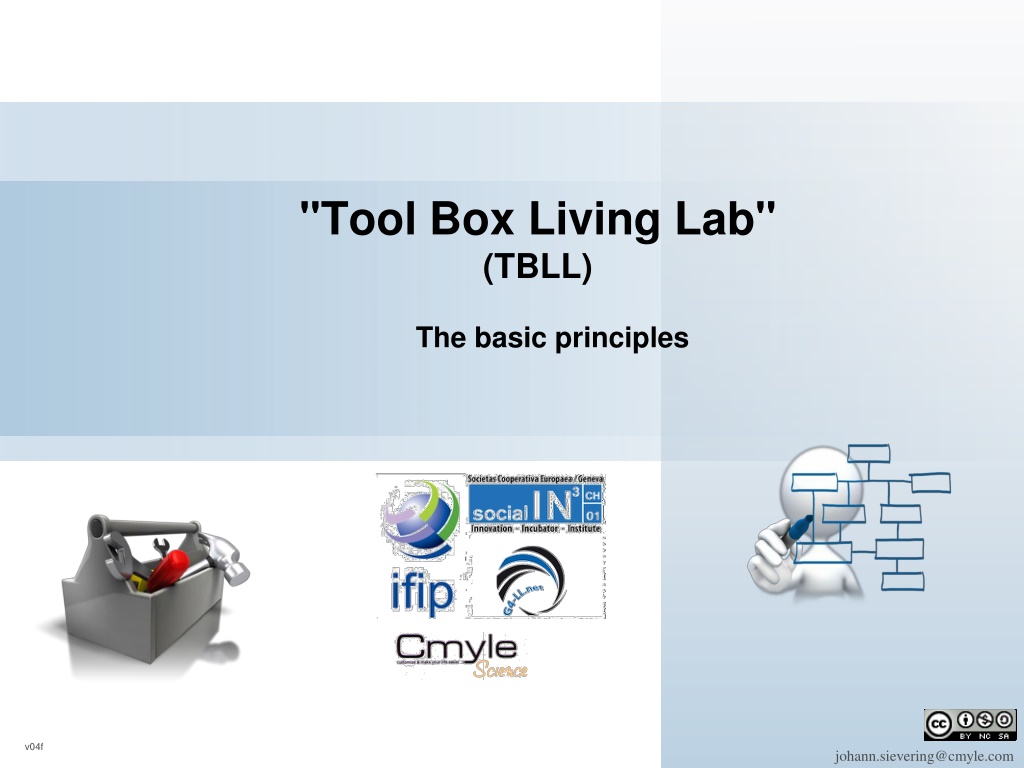
 undefined
undefined


